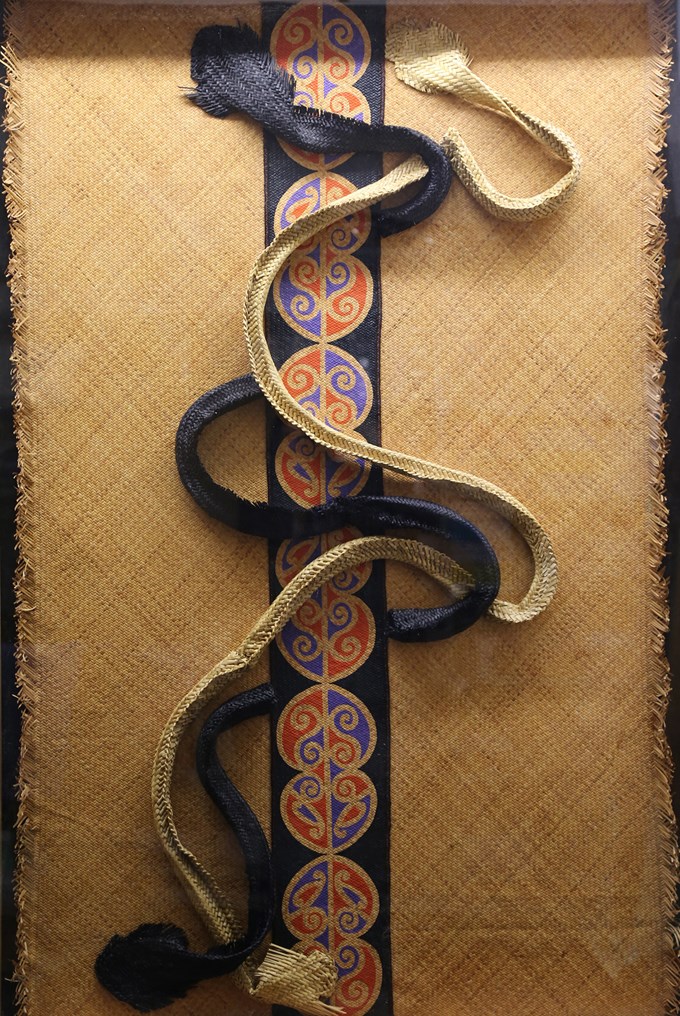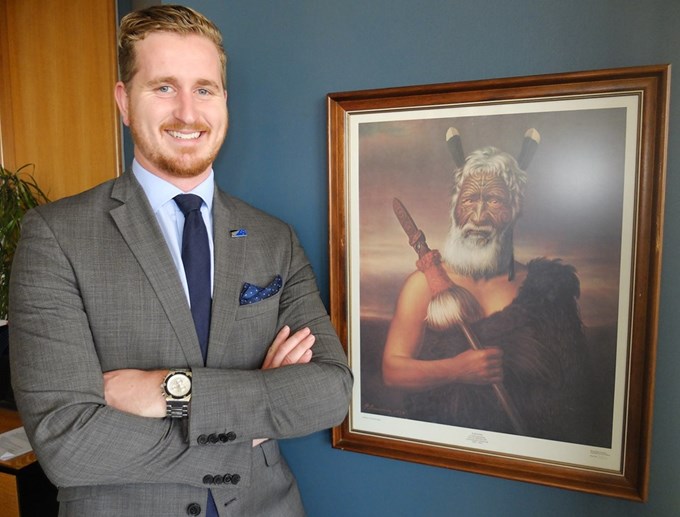Five large Tukutuku panels celebrating the life of Ngapuhi Chief, Patuone will be returned to the Takapuna Service Centre for reinstallation on Saturday 16 April.
The panels, originally made at Awataha Marae, Northcote, were gifted to the former North Shore City Council in 1992. They were on public display for some years before being removed and put into storage prior to a 2009 reception area refurbishment.
A return celebration will start with descendants of Patuone gathering at the grave site on Takararo (Mt Victoria) in Devonport before a welcome karakia at Auckland Council Takapuna Service Centre on 16 April.
The tukutuku panels will be installed and on display for those interested in seeing them on Level 3, outside the council chambers.
Peacemaker honoured with panels
Weaver Valerie Yates was responsible for the design and kōrero used in the panels. She based her kaupapa kōrero on Patuone, a prominent Rangatira known as the peacemaker between Māori and Pākeha who settled in Takapuna.
Patuone, born in Hokianga around 1770, was the son of Tapua, a priest and warrior chief of the Ngati Hao hapu of the Ngapuhi tribe. He was one of the first chiefs to sign the Treaty of Waitangi and during the tribal and colonial battles that took place in northland during the 1840s against Hone Heke of Ngapuhi.
Patuone, and younger brother Tamati Waka Nene, a prominent chief supported the colonial Government by taking up arms against Hone Heke and rangatira Te Ruki Kawiti of Ngati Hine.
Battles fought took place at the siege upon Te Ruki Kawiti at his pa at Ruapekapeka and Puketutu the pa of Hone Heke at Lake Omapere near Kaikohe. The two battles fought were won by Patuone and his tribal Ngapuhi allies and military forces used at Ruapekapeka.
Regardless of the outcome of battles fought, Hone Heke and Kawiti believed that the treaty agreement signed impacted upon the rangatiratanga of their tribal domain, their people and lands. That's why the chiefs opposed the intrusion of colonial law and settlement.
Peace to reign, tribes to unify
Patuone had led the tribes to align themselves with the treaty to enable peace be restored and the unification among the northern tribes be established. Patuone indicated that opportunities should be taken among the chiefs and their people to exercise and maintain their rangatiratanga (authority) by working with the colonial settlement Government and adopting laws made according to the whakapono-truths of the treaty.
In the tribal unrest that followed, George Grey invited Patuone to live at Waiwharariki on the North Shore. There he acted as a bulwark against the northern tribes.
On one occasion, when a large fleet of Ngati Paoa war canoes appeared in Auckland Harbour bent on rescuing one of their chiefs who had been arrested, Patuone met them and persuaded them to disperse. When the Ngati Paoa made a subsequent foray against the city, Patuone and his men garrisoned the redoubts against them.



